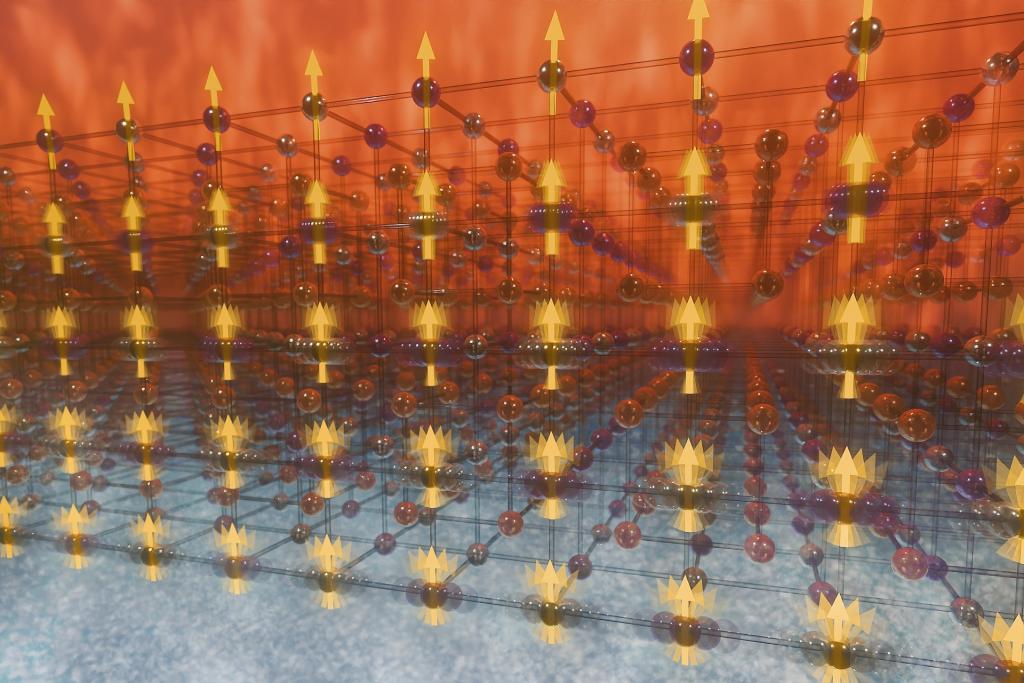The scientists revealed that the modes cause the phonons to be significantly altered or shifted by the presence of a magnetic field. The modes also modify the material’s phase stability. These changes can result in fundamental alterations in the material’s properties and behavior that can be tuned and tailored.
“Neutron scattering shows that the cooling capacity of the magnetic shape-memory alloy is tripled by the heat contained within these local magnon-phonon hybrid modes that form because of the disorder in the system,” said ORNL’s Michael Manley, the leader of the study. “This finding reveals a path to make better materials for solid-state cooling applications for societal needs.”
The magnetic shape-memory alloy that the team studied is in a phase that has nearly formed disordered conditions known as spin glass and strain glass – not the familiar glass used in windows and elsewhere but rather unconventional phases of matter that lack order. The magnetic moments, or tiny magnets, associated with the atoms in the spin glass phase are randomly oriented rather than pointing in the same direction. Comparatively, in the strain glass phase, the lattice of atoms is strained at the nanometer scale in a messy and irregular pattern. Spin glass and strain glass are referred to as frustrated conditions in a material because they arise from competing interactions or constraints that prevent the material from achieving a stable ordered state.
“As the material approaches this frustrated state, the amount of heat being stored increases,” Manley said. “Long- and short-range interactions manifest as localized vibrations and spin waves, which means they’re getting trapped in small regions. This is important because these extra localized vibrational states store heat. Changing the magnetic field triggers another phase transition in which this heat is released.”
Controlling the functions of the magnetic shape-memory alloy so that it can be used as a heat sponge could be one way to allow for efficient solid-state cooling without the need for traditional refrigerants or mechanical components.
This study was supported by DOE’s Office of Science Materials Sciences and Engineering Division. A portion of the neutron scattering work for this research was performed at the High Flux Isotope Reactor and the Spallation Neutron Source, DOE Office of Science user facilities at ORNL. The National Institute of Standards and Technology of the Department of Commerce also provided neutron research facilities.
UT-Battelle manages ORNL for DOE’s Office of Science. The single largest supporter of basic research in the physical sciences in the United States, the Office of Science is working to address some of the most pressing challenges of our time. For more information, please visit energy.gov/science. – Scott Gibson

